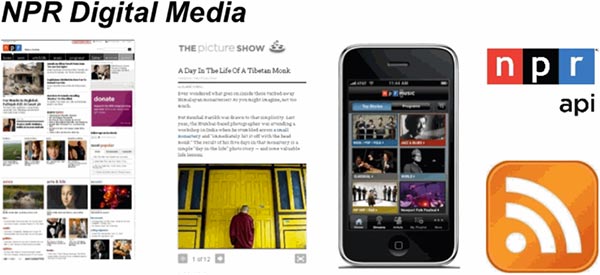Information Architecture vs Content Strategy—and Why YOU Need Both
The idea of portable content is nothing new. Content needs to be mobile ready, responsive, and readily consumed by tools such as the Internet of Things (IoT)—a proposed development of the Internet in which everyday objects have network connectivity, allowing them to send and receive data. Developers need to stop creating fixed, single-purpose content and start making it more future-ready, flexible, and reusable.
Two significant factors assist in portability are information architecture (IA) and content strategy (CS).
Architecture, in many ways, has a longer history for web development. It is, in the simplest sense, the navigation tools you provide your users to go through your site.
Content strategy, on the other hand, is a slightly newer term and it is often described as the set of methods and guidelines for the development and curation of content, coupled with the strategy for the distribution of that content across the web. It is the work you do to shape and define the voice of your brand.
Now, the question is to what extent are these two things related? We believe the answer to that is that the two are very closely interconnected.

The information architecture of your site is one of the ways through which you express your content strategy. The choices you make about what content to highlight is just another way to emphasize mission-centric issues and messages. In other words, information architecture is another expression of your voice.
At the same time, information architecture should also be thought of as an enabler for content strategy. It helps you tell your story. It gives you the tools to lead the user through a specific path. If your information architecture does not allow certain “tours” through your content, it limits the types of stories you can tell.
As such, the two are so interconnected that you cannot develop one first and the other afterwards. The two have to be developed in unison and grow iteratively with your site. As devices and channels multiply—and as users expect to easily relate, share, and shift information—we need content that can go more places, more easily.
Content models within a system work with the architecture and content strategy by facilitating content portability and subject matter focused messaging. For more information on content models read, How to Create Portable Content with Structured Content Models, and if you have questions, please reach out and email me.
So who is successfully integrating IA and CS?
Federal agencies need to think hard about information architecture, content strategy, and content models to stay future-ready.

National Public Radio (NPR) utilizes IA and CS to facilitate their process of COPE (Create Once, Publish Everywhere) adaptable content. In the short video below, Sarah Crane of USA.gov talks about adaptive content and how it works with APIs, using NPR as an exmple; she and her team used COPE to re-work USA.gov’s content strategy.
[youtube=http://www.youtube.com/watch?v=giK-RsHjA4c&w=600]
There are many other companies utilizing this methodology for IA and CS as well. There are the obvious tech leaders such as Google, Bing, Yahoo, but we can also include Nature, BBC, Hearst, and the New York Times on this list which continues to grow. To read more about what other organizations are doing, check out this COPE Q&A on Quora.

